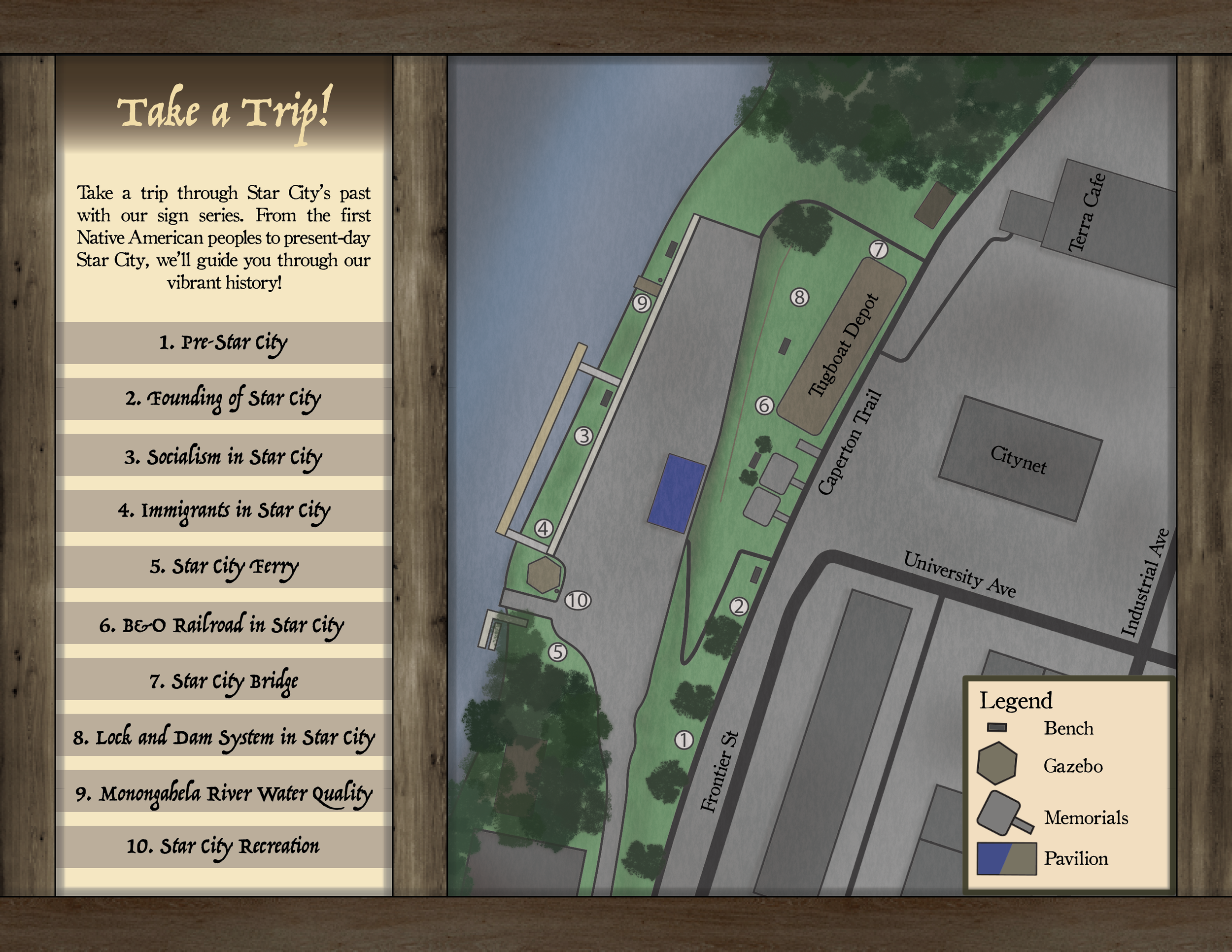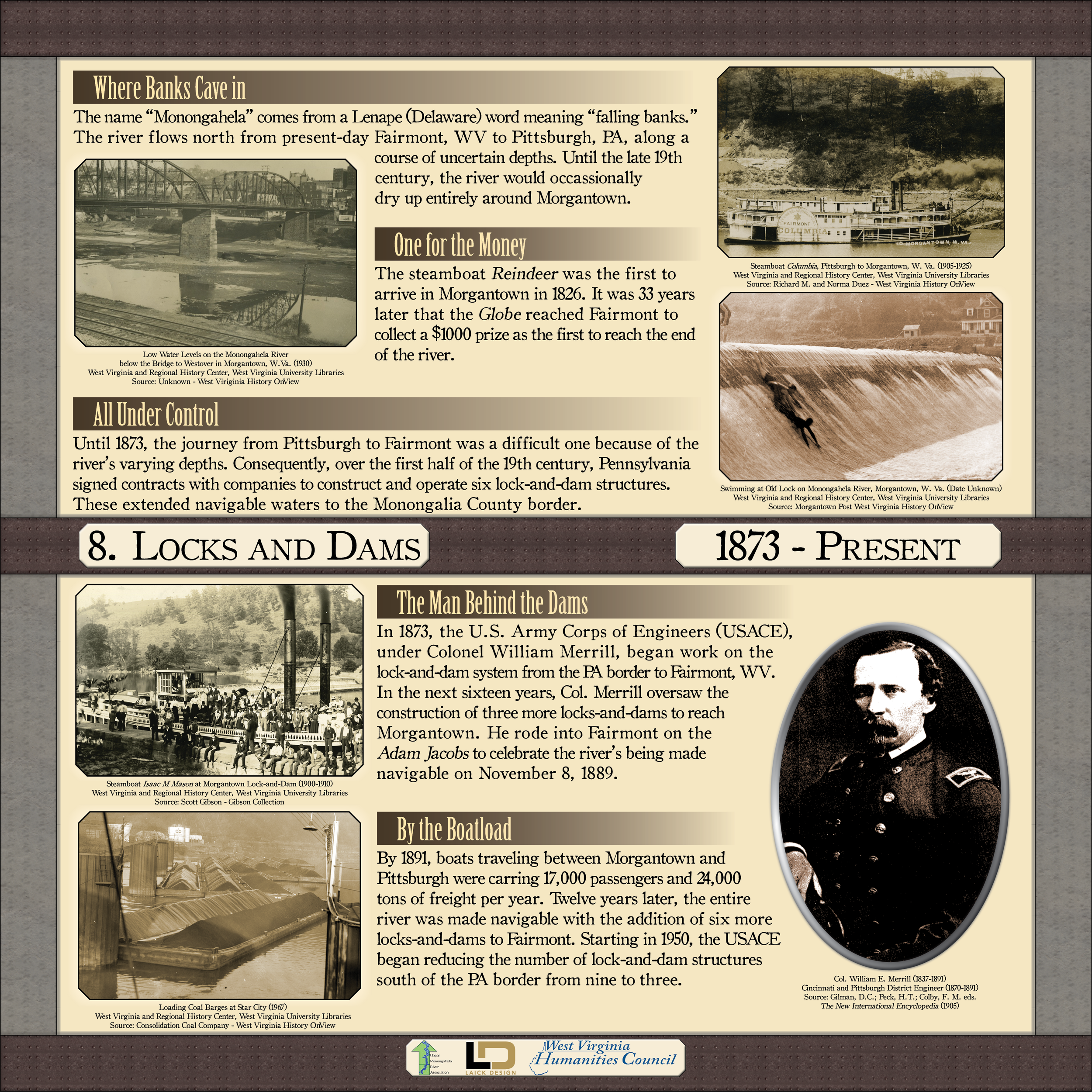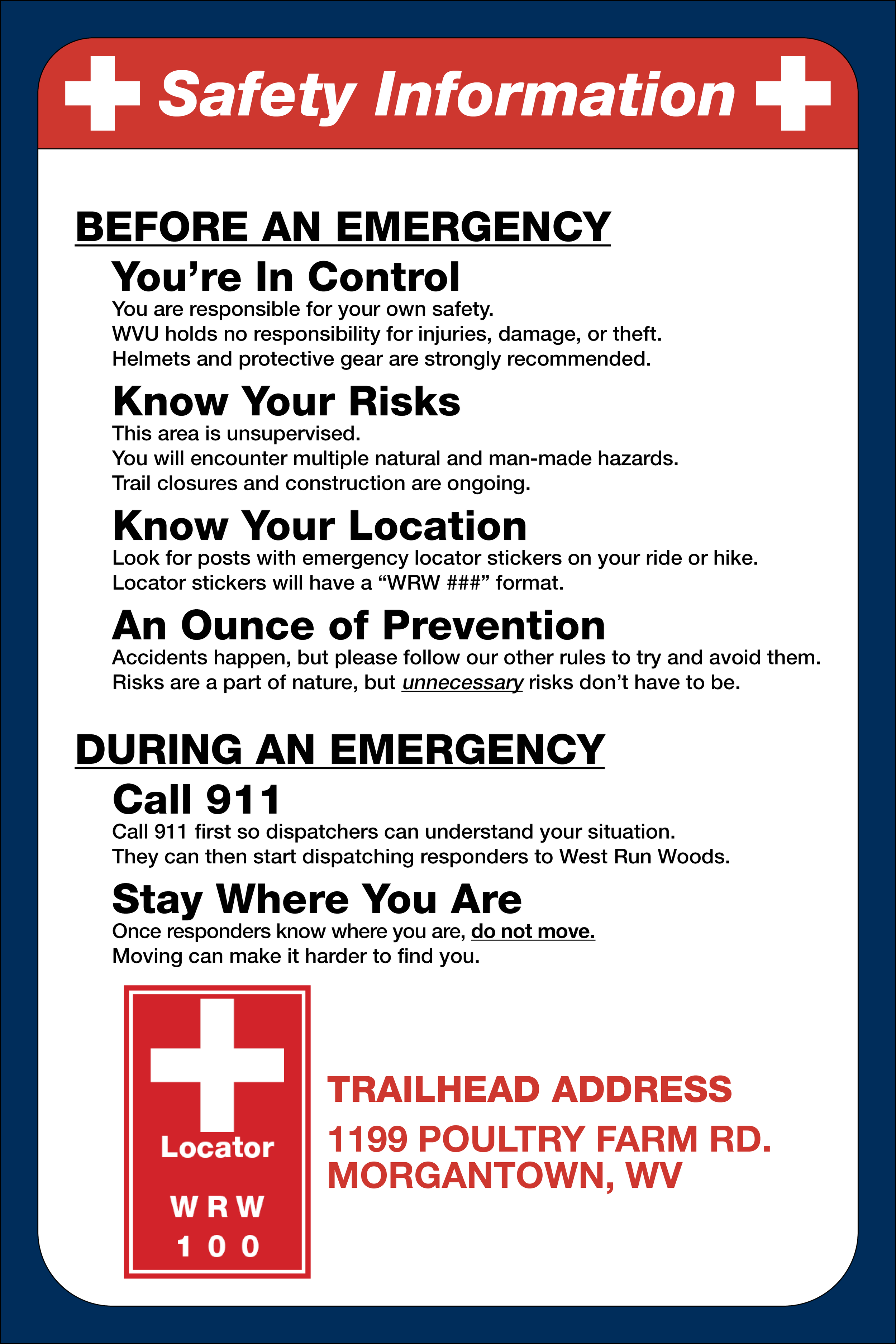
Interpretive Products
My interpretive products show examples of community and academically-funded projects. They vary in topic and theme from informational orientation media to cultural heritage signs. Many of them were accomplished alongside teams of dedicated partners who contributed to the design, revision, and final publishing of the products.

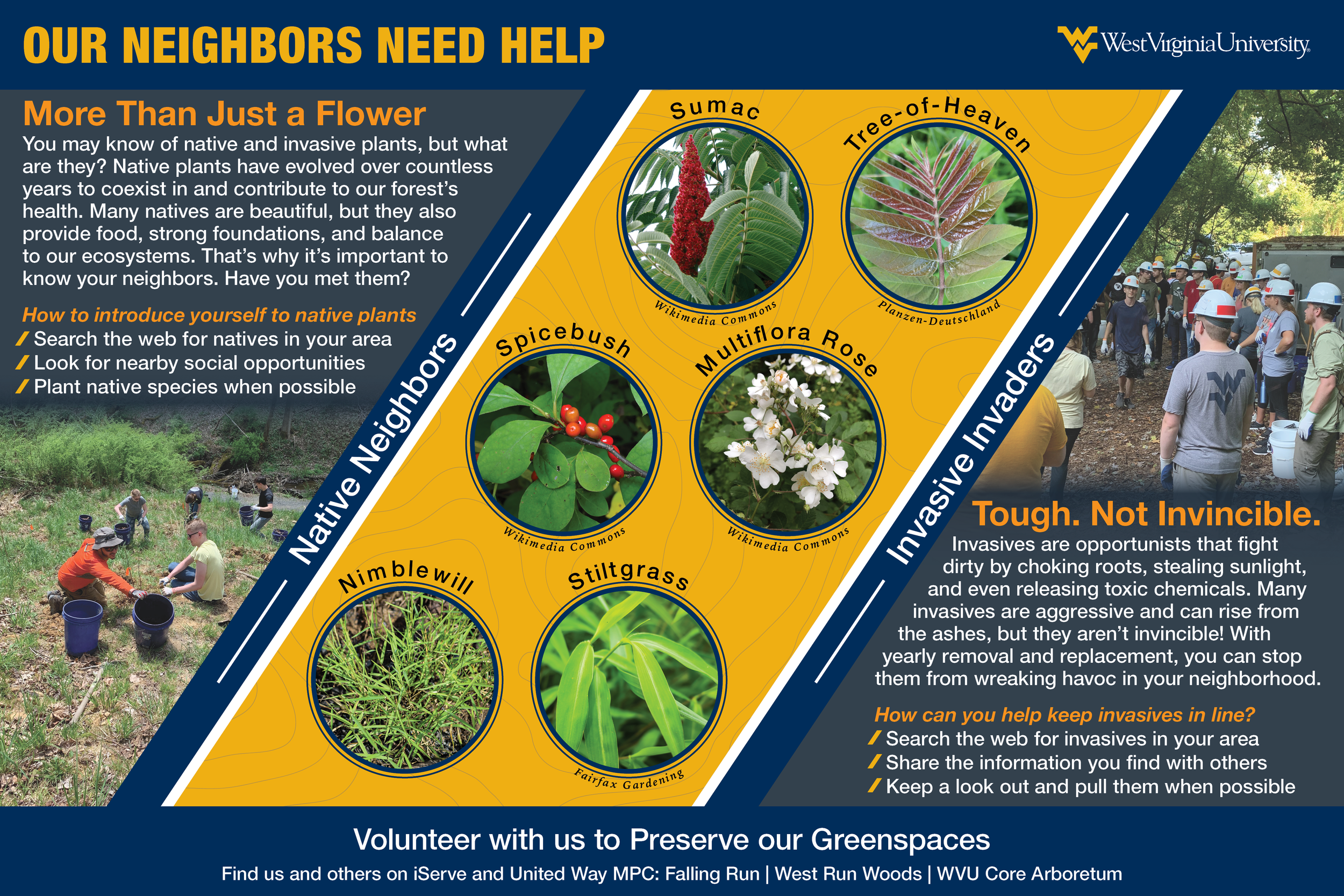




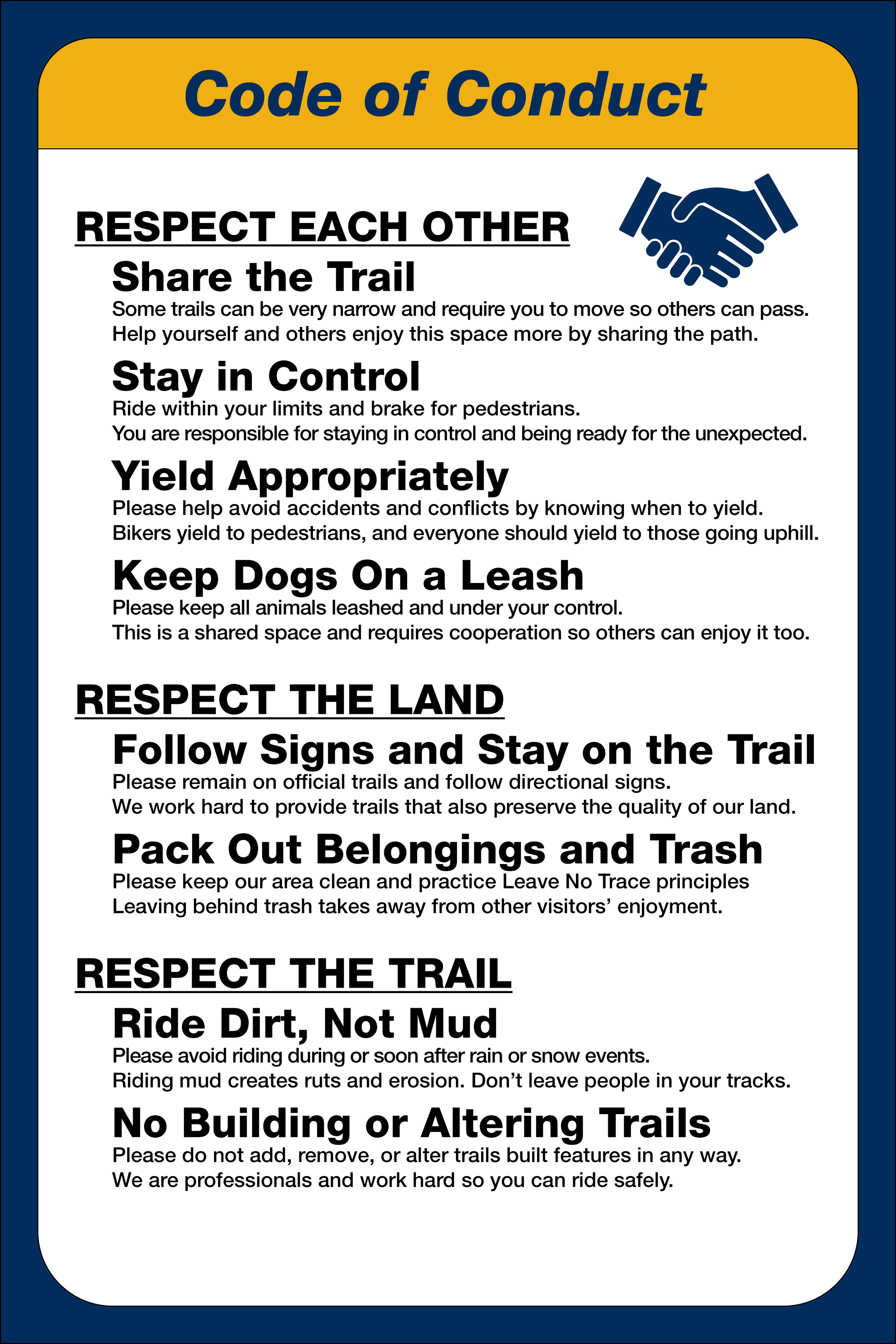
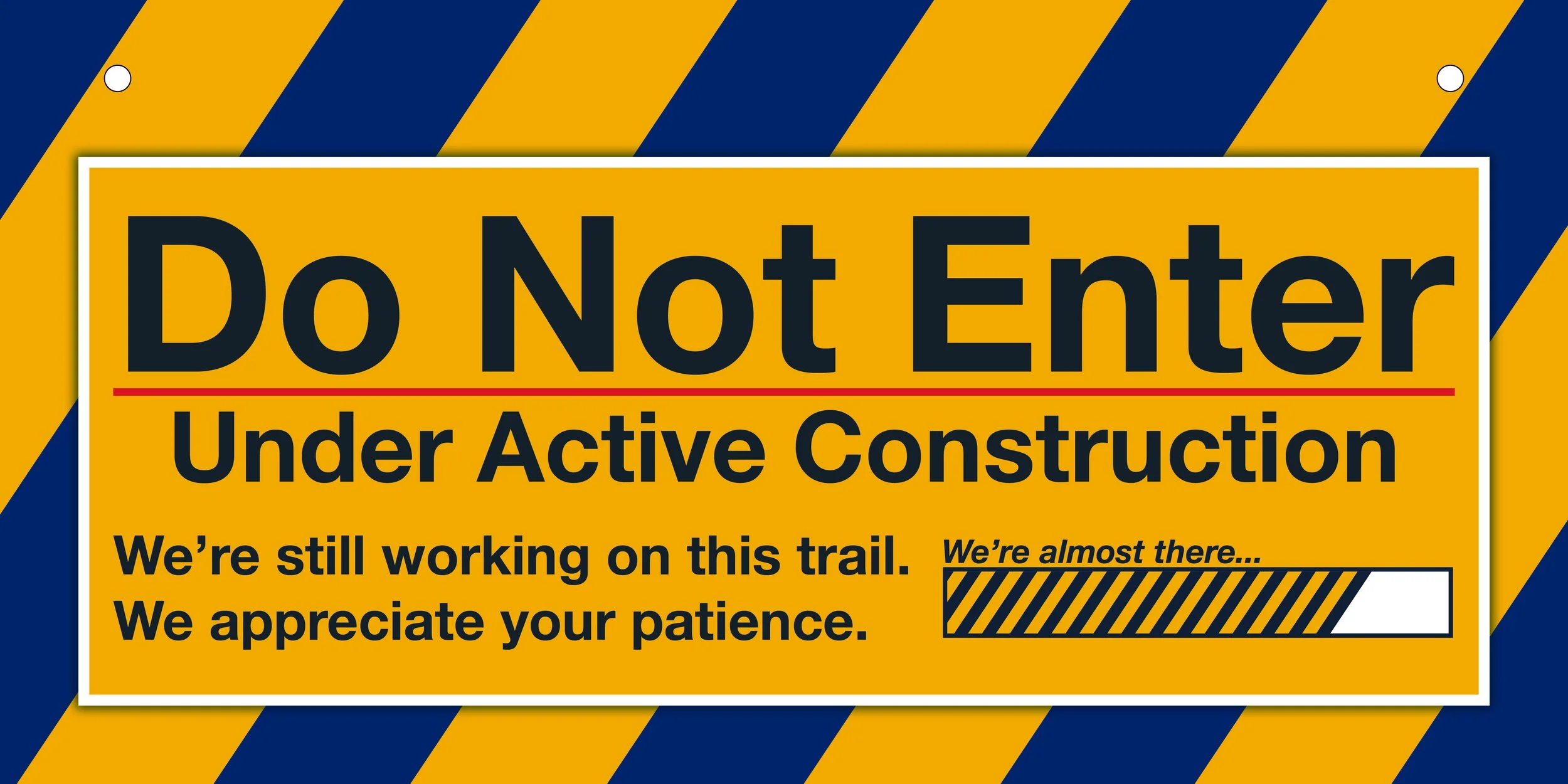


Star City Cultural Heritage Sign Series and Brochure
After completing my undergraduate degree, I was approached with an opportunity to serve as the lead designer of this historical sign project. Through funding provided by a WV Humanities Council grant, I worked alongside historians, community leaders, WVU faculty, and professional printers from conceptual designs to the installation and publicized unveiling of the sign series on the Star City waterfront.
Much of my role was to organize and clean the information gathered by our historian to fit and flow between each sign. This process required many iterations and revisions for both the signs and the supplemental brochure. Since their installation, the signs have been documented in the Monongalia Historical Society Proceedings and Papers journal (2021) and the Historical Marker Database.
Pamphlet Side 1
Pamphlet Side 2

Conceptual* Kennedy Space Center Pamphlet
This project was an exercise in pamphlet design for a hypothetical client. While the design standards and some of the content are taken directly from the NASA style guide and the Kennedy Space Center Visitor Complex website, respectively, much of the interpretive content was curated and synthesized by myself.
The theme for the material is focused on communicating the spirit of exploration which is emphasized under the first heading “The Spirit of Exploration” on Side 1. The pamphlet is meant to take visitors from the earliest beginnings of humanity on Side 1 and guide them to the present and future of space exploration on Side 2. The material on Side 2 was retrieved from one of the biggest players in private space exploration with ties to NASA, Lockheed Martin. Side 2 also goes into some detail about recent projects from NASA from 2022.
In practice, this pamphlet would help introduce readers to the visitor complex, get them excited about the various attractions available there, and help guide them towards the attractions that might interest them the most and thus make their experience as memorable as possible.
*This product is not officially licensed by NASA or the Kennedy Space Center and shares no affiliations with either entity.
Pamphlet Side 1
Pamphlet Side 2

West Run Woods Signs
While funded by the WVU Smith OEDC as a Graduate Research Assistant, I was responsible for updating existing trail signage and designing new welcome, hub, and on-trail signage. The purpose of the signs was primarily informational so that trail users could navigate through the newly constructed multi-user and mountain bike trails. Designs were differentiated based on the location and purpose of the content which ranged from primary access trailheads and trail hubs to flexible fiberglass post decals and temporary trail closure signs.
To ensure that all necessary information was included and presented properly, I worked closely with the OEDC’s Outdoor Recreation Infrastructure Coordinator and WVU faculty to refine and finalize all information and graphics. I worked collaboratively and individually to gather data and put it into a presentable format for visitors using multiple programs including GIS and drafting software as well as Adobe design programs. In addition to the signs presented, a compilation of modular template signs was made for use in a complementary trail management document also funded by the Smith OEDC.
Trailhead Welcome Sign
On-Trail Signs
Trailhead Hub Sign
Modular Kiosk Signs

Falling Run Interpretive Signs
What began as an exercise in sign design has become a new project that hopes to be funded by West Virginia University grants. This anticipated project aims to renew the aging temporary signage that has served well past its intended use. The series will include a new orientation map, rules and regulations to be followed, and four seasonally-themed rotating interpretive signs.
The first sign of the series is the summer interpretive sign which centers around the battle between native and invasive plants with a call for visitors to participate in volunteering days to help bolster native populations and manage invasive ones. This is important to this park space because there is very little funding dedicated to keeping full-time staff on-site, so there is a constant need to recruit and retain volunteers. Other seasons will largely focus on the lives of plants and animals found in the area during each time of the year. Winter, for instance, will relate to visitors by showing how flora and fauna prepare for the harsh chill of the season while Spring will show visitors what to look for as plants and critters emerge from their burrows to race for the best resources.
By May 2024, it is anticipated that structures will be erected, and the final drafts of the series will be printed and then mounted.
Trailhead Interpretive Sign: Summer
Trailhead Interpretive Signs: Fall, Winter, and Spring
Coming Soon
Coming Soon
Coming Soon
